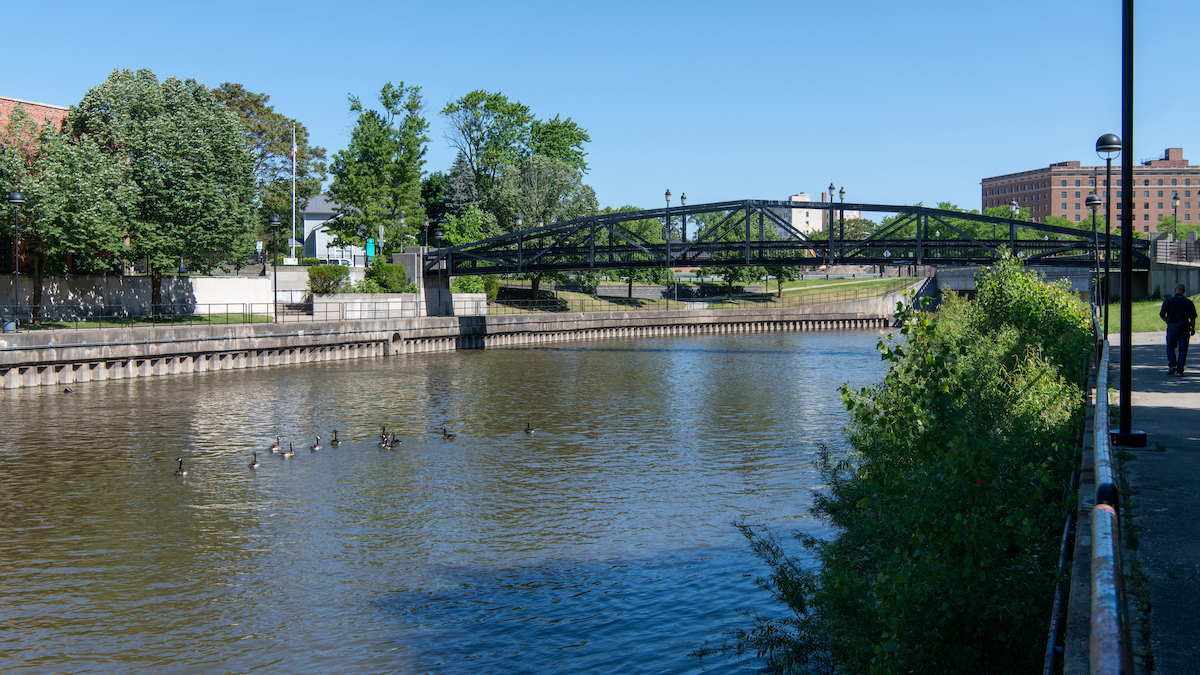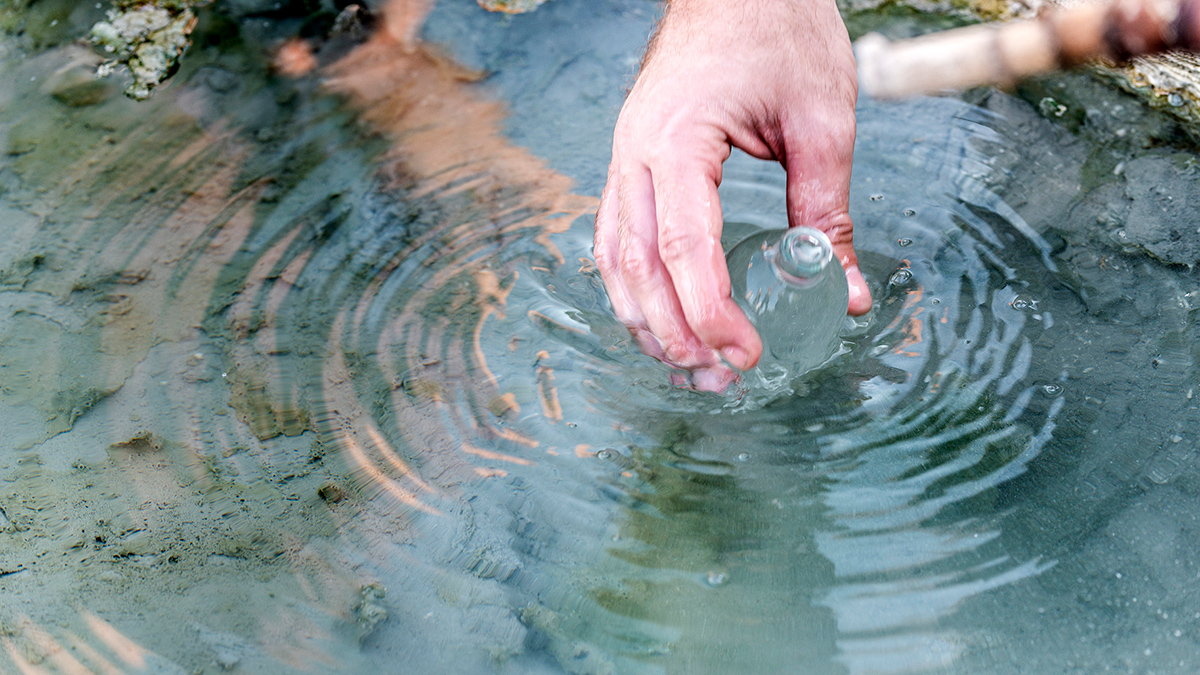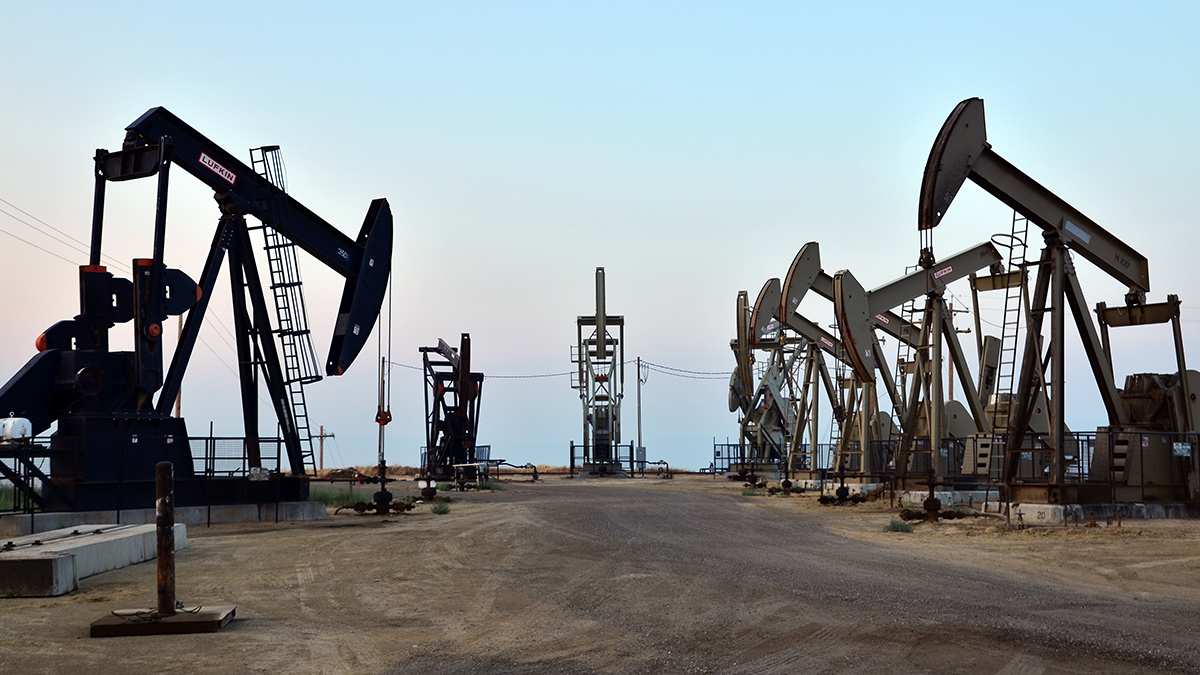In the decade since the start of the Flint water crisis, policymakers and communities have made improvements to the lives of residents, but opportunities for progress remain.
geohealth
La falta de datos sobre la calidad del agua es una forma de injusticia ambiental
Hay escasez de información sobre la salud de los lagos en las comunidades marginadas.
Climate Change Is Driving Dangerous Bacteria Farther North
Satellite data could help address rising rates of vibriosis infections, often the result of eating undercooked seafood, along the East Coast of the United States.
Water Testing Builds Trust in Science as Maui Communities Recover
Following fires that ravaged the island in 2023, researchers educated residents about how wildfires affect water quality, and gathered data to determine how wildfire impacts change over time.
Cooking with Gas Creates Unhealthy Work Environments
Even with ventilation, commercial kitchens can have air pollution levels that exceed health-related limits.
Human Activities Might Create Temporary Atmospheres on the Moon
Outgassing could pose problems for long-term habitation of the Moon, including health hazards for astronauts, hindrances for electronics, and hampered scientific study.
Burning Cow Dung Emits an Inordinate Amount of Air Pollution in India
Dried cow dung, a main source of household cooking fuel for many in rural India, releases more particulate matter across the country than wood and other biofuels.
Oil, Gas, and COVID-19
Early in the pandemic, people living near oil and gas wells experienced higher rates of COVID-19 and related mortality compared with those with no exposure to well pollution.
Como os Incêndios e o Clima Afetam a Saúde Pública de Portugal
Os investigadores analisaram os dados para examinar os efeitos dos incêndios florestais, dos poluentes e dos fatores meteorológicos na mortalidade e na saúde cardiovascular no país ibérico.
Lack of Water Quality Data Is a Form of Environmental Injustice
There’s a dearth of information on the health of lakes in marginalized communities.










